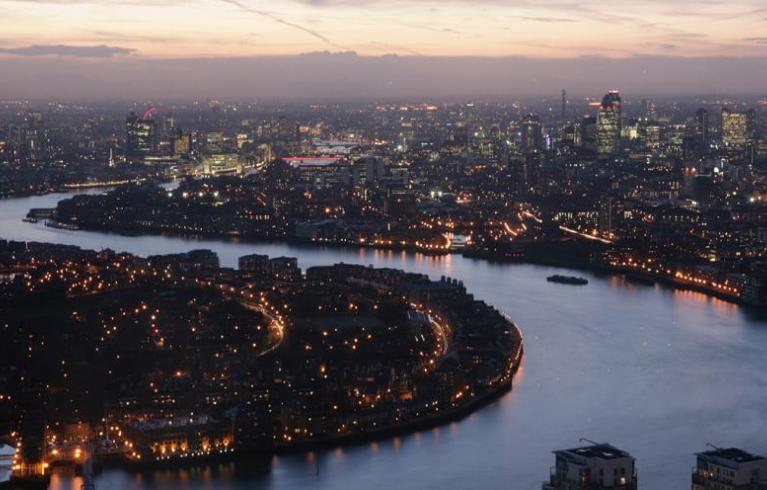
Key information
Publication type: Current investigation
Publication status: Adopted
Contents
Introduction
The Housing Committee is investigating rough sleeping in London, including the demographics of those affected and progress made by the Mayor towards his manifesto commitment to eliminate rough sleeping in the capital.
Investigation aims and objectives (Terms of Reference)
This is a one-off meeting on rough sleeping in London. The meeting will take place on 17 October 2024. It will seek to:
- examine the scale of rough sleeping in London and demographics of those affected.
- explore emerging issues that have led to an increase in rough sleeping among particular demographics, including some young Londoners and refugees.
- explore the extent to which the Mayor has managed to progress on his manifesto commitment to eliminate rough sleeping in London and what steps he is taking to achieve this.
Key issues
- Last year saw an increase in the number of people sleeping rough in London. In Autumn 2023 it was estimated that 1,132 people were sleeping rough in London, representing a 32 per cent increase from 2022.1
- London is the region with the largest proportion of rough sleepers in England. In 2023, it was estimated that 29 per cent of rough sleepers were found in London.2
- There has been an acute rise in the number of young people found sleeping rough. To March 2024 there has been a 33% rise on the previous year of those aged 18-25 seen sleeping rough.3
- In 2022, the then Government announced £500m for the Rough Sleeping Initiative (RSI) over three years.4 London was allocated just over £170 million out of the total £500 million for the RSI over the three-year period.
- The Mayor pledged to eliminate rough sleeping by 2030 in collaboration with a new Labour government in his 2024 election manifesto.5
Key questions
- What are the main causes of rough sleeping in London, and what recent emerging issues have led to more rough sleeping?
- What are the challenges facing government, charities and the GLA in ensuring that rough sleepers are supported to avoid returning to the streets?
- What are the risk factors acutely facing certain demographics, in particular young people and refugees, and how can these groups be better supported? What is the Mayor’s strategy for eliminating rough sleeping by 2030?
- Has the Mayor’s approach to rough sleeping been effective, and what needs to change if he is to achieve his manifesto pledge of ending rough sleeping in London by 2030?
[1] Department for Levelling Up, Housing & Communities, Rough sleeping snapshot in England: autumn 2023, February 2024
[2] Department for Levelling Up, Housing & Communities, Rough sleeping snapshot in England: autumn 2023, February 2024.
[3] Rough sleeping in London (CHAIN reports) - London Datastore
[4] Department for Levelling Up, Housing & Communities, Ending Rough Sleeping for Good, September 2022
[5] Sadiq Khan, 2024 Manifesto